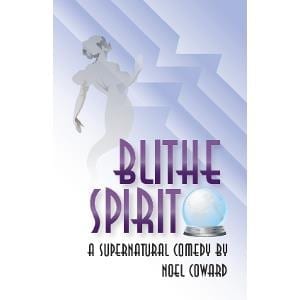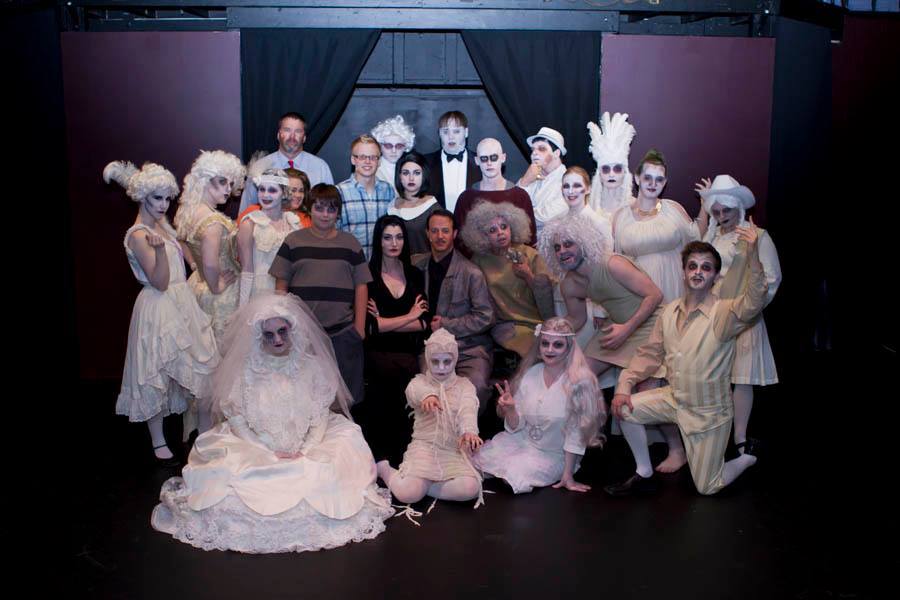SALT LAKE CITY — The New World Shakespeare Company produces classic scripts with modern interpretations to make old plays more accessible to modern audiences. Each production benefits a charitable campaign for a local cause that relates to the theme of the show. With the themes in Hamlet, a portion of the proceeds was donated to the Utah Suicide Prevention Coalition.
Despite some laudable moments, the production failed to come together in a unified manner. This was because a female actress, Elise Hanson, served as the show’s director and played the role of Hamlet. It is nearly impossible for a lead performer to effectively direct other actors while being so directly immersed in the show. In nearly every production I have seen where this has been the case, the production has suffered and this one was no exception.
Individual scenes had a “stop and go” feel and often were disconnected from each other. Many of the group scenes were awkwardly staged, resulting in poor sight lines and a loss of focus on key plot points. One such example of this was during the performance of the play within the play.
Moreover, the world of Hamlet was somewhat unclear. For example, gender substitutions, though interesting, were not consistent. Hamlet was constantly referred to as “her” and “she,” though other female character substitutions remained as “he” and “him.” I was never sure if certain characters were women playing male characters and that I was supposed to suspend my disbelief to view them as men, or if they were actually playing women. The next problem was that I failed to see the relationships between many of the principal characters, most notably between Hamlet and Ophelia. Other than lines in Shakespeare‘s script indicating a romantic relationship, there was no onstage chemistry between Hamlet and Ophelia to support this relationship. This lack of romance and sexual tension weakened a key layer of the story.
The costuming (under the design of Elise Hanson) was a contemporary wardrobe, but failed to distinguish the characters or classes one from another. This, along with the gender substitutions, made following the plot and keeping track of the various characters and classes between them particularly challenging, even for those well versed in Hamlet.
Despite these overarching problems, there were some strong moments and talented actors in the production. Natalia Noble as Ophelia was the clear standout of the production as she brought a wide range of emotions and depth to the role. Ophelia’s vulnerability and grief could keenly be felt during her father’s death, and her most successful scenes were when interacting with her brother Laertes (played by Michael Calacino). Their relationship was believable and brought a playful comradery to each of their scenes, especially with their playful banter and physicality.
Jon Turner as Polonius was another highlight of the production because of his great comedic timing and provided plenty of the comic relief of the production. His interactions with Ophelia, Laertes and Hamlet were especially entertaining. Morgan Walton as Claudius and Judith Hutchinson as Gertrude made a believable king and queen. I could feel their fear of Hamlet grow as the show progressed, and Walton brought a level of desperation that was appropriate to the final scenes. DRU as the ghost of Hamlet’s father was eerie and jarring, and his relentless pressure on Hamlet for revenge served as a driving force in Hamlet’s actions. Whether he was truly an entity or rather conjured up in the psychological turmoil of Hamlet’s mind was suitably debatable and ambiguous.
Elise Hanson gave a valiant effort in the title role with a comfortable handling of the language and some nice moments, particularly her interactions with Hamlet’s mother and uncle. The scene where she was somewhat intoxicated was especially well done, as well as the fight scene with Laertes was believable and well choreographed (fight choreography credited to Michael Calacino). However, I never saw a clear character journey as the story progressed. On the whole her performance was missing the depth, risk and dimension in building to the dramatic ending.
The simplicity of the black box setting put the entire production on the actors’ shoulders and the lack of technical elements could have worked had they been managed cleaner and tighter. Offstage lighting from adjacent rooms was a constant struggle as lights in other rooms were often distracting during critical scenes. Plus, actors not finding their light was also problematic. The boxes used to create the different scenes felt redundant, underutilized, and they didn’t create new levels or playing areas to distinguish locations one from another.
Yet, in spite of some good scenes, an interesting concept and some solid performances, Hamlet did not live up to my expectations for what is widely considered to be the best play ever written.






